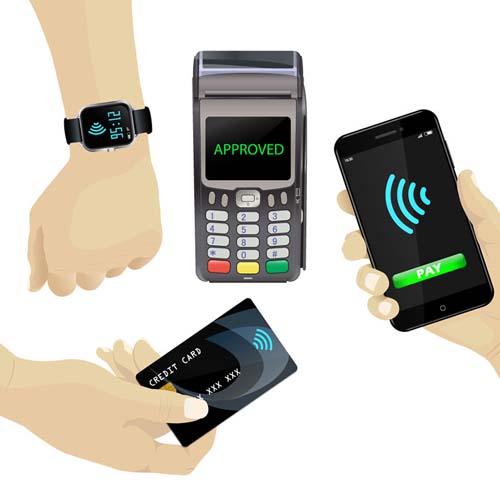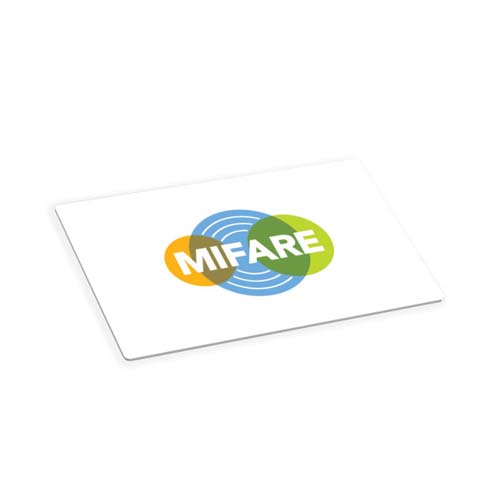
Another cyber breach is reported in the press. Thousands of customer details leaked. Card details stolen. Personal information circulated to those it shouldn’t be.
We hear this too often these days, but how often do we find time to review our own systems and what would be the cost to your organization if it happened to you?
Whether you’re thinking ‘it can wait’ or ‘it won’t happen to us’, that’s where you’d be wrong. It can happen to anyone, at any time and the cost to your organization can be huge. Loss of confidence from your customers, compensation claims, loss of integrity and more.
Well, the good news is, no matter what industry you operate in – healthcare, education, IT or any other, there are ways that you can help protect your cyber information from unauthorized access.
In today’s article we take a look at a handful of the key ways in which this can be done.
TWO FACTOR AUTHENTICATION
One of the easiest and most secure ways to implement two-factor authentication is using smart cards and smart card readers. This means that whenever a user logs onto their machine, your network or needs access to data and applications they must present their ID card to a reader, as well as provide their usual logon details. This helps prevent unauthorized access both on site and remotely.
So, what is needed to use smart cards for two-factor authentication?
- Smart Cards
A vital part of the two-factor authentication solution, smart cards must be presented to the reader in order to gain access. They can also double as ID cards, door access cards and more.
There’s lots to think about when choosing the right smart cards for your organization. Including; What level of security is required for the application? Do you need the cards to perform multiple functions (such as door access and computer access)?, How much memory do you require?, Do you want to use contact or contactless cards?
Our specialists are always on hand to discuss the right smart cards for your needs.
- Readers
The key to a good smart card two-factor authentication solution is selecting the right reader. Whilst there are many smart card readers on the market, the best ones to look at are the OMNIKEY range, popular readers include the OMNIKEY 3121, OMNIKEY 5427CK and OMNIKEY 5027. Each of these have different benefits and it’ll depend on your organization’s requirements as to which you need, that’s where our experts can help guide you.
- Software
Another vital element to a smart card two-factor authentication solution. The software allows you to grant employee access to devices, add and remove users from the system and manage your solution.
There are various software packages on the market but we’d recommended looking at the HID® ActivID® platform, that will work seamlessly with the OMNIKEY readers we mentioned above.
There are also many other ways in which you can implement two-factor authentication – providing codes via text, using biometrics and more.
ANTIVIRUS AND FIREWALL
Antivirus software has long been the best way for you to protect your devices from malicious attacks. This software can be easily loaded onto a computer, server and many other devices to block malware and other malicious viruses from entering your network and compromising your data.
A firewall is also important when defending your data against malicious attacks.
It helps to prevents hackers, viruses and other malicious software gaining access to your network over the internet. A firewall may be in the form of a software program, a physical standalone appliance or it may even be integrated into your router.
There are lots of different options when it comes to choosing the correct antivirus and firewall and this will all depend on your organizations size, requirements and more. We’d always advise speaking with an IT security expert for guidance.
USE STRONG PASSWORDS
One of the most basic, but very important ways you can help protect the data in your organization is the use of strong passwords.
Your IT administrator can set security policies on your organizations network meaning that users must create passwords within confined parameters such as; minimum length, containing special characters, not using dictionary words etc.
It’s also worth considering issuing your staff with a computer security policy that they must abide by. This can include advice that they must not share passwords with anyone else or allow other users access to their equipment.
IMPLEMENT SPAM FILTERS ON EMAIL
Another great but simple way to ensure that no one can access the data in your organization is by implementing a spam filter. Spam emails can contain malicious software, phishing scams and more.
There are a wide range of ways to do this with various spam filter packages on the market, most email systems now include spam filters that can be configured to meet your organizations induvial needs. A great place to start is speaking with your IT administrator or an outside IT support company.
KEEP YOUR DEVICES UP TO DATE
Keeping your devices up to date can easily be overlooked, maybe you don’t have the time or maybe you don’t always consider the importance of this.
EDUCATE YOUR STAFF
Education can be one of the best ways to prevent data breaches in your organization. By educating your staff on a variety of potential security risks such as sharing passwords, clicking phishing links, visiting untrusted websites and more you can help put an end to breaches caused by human error.
There are many ways in which you can do this from issuing computer security policies that you staff must sign and read, to employing a security partner that can deliver in depth courses.
HOW CAN WE HELP?
As specialists in the smart card and reader market we are ideally placed to discuss all of the smart card, reader and identity management software needs of your business, allowing you to implement two-factor authentication.
We hope you’ve enjoyed reading our latest blog and gained some useful insights into how you can help further protect your organization from the threats of cyber criminals and unauthorized access.



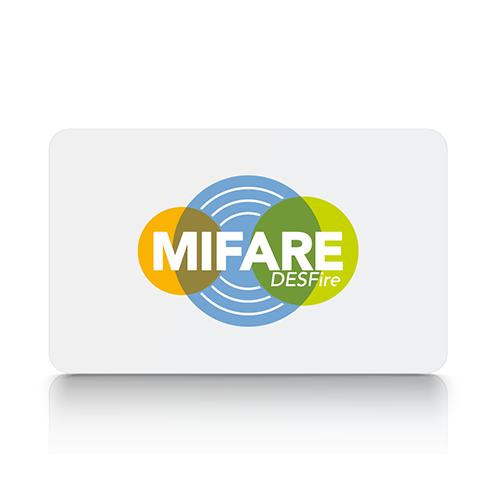
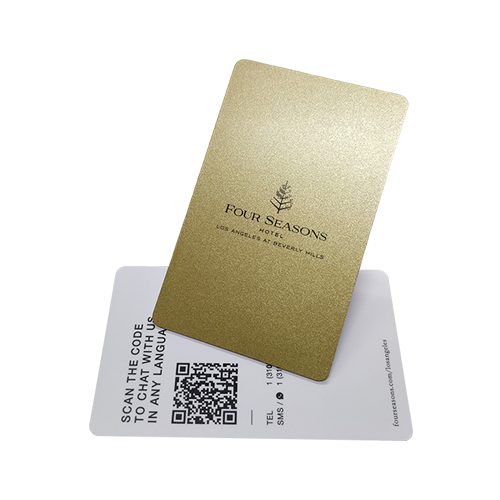

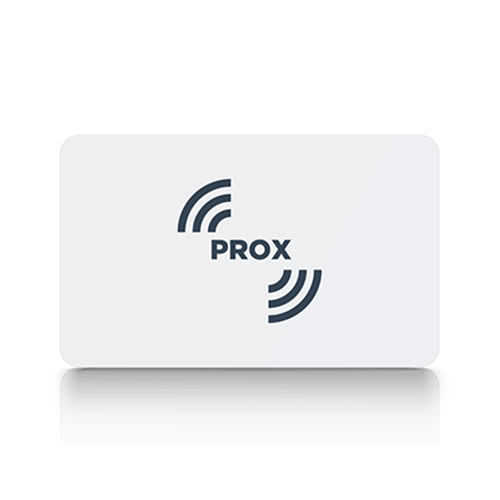

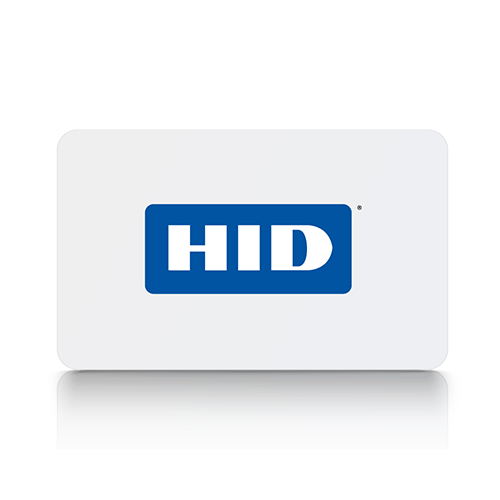

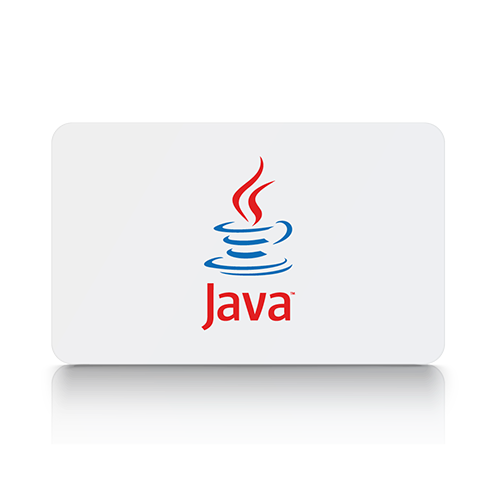


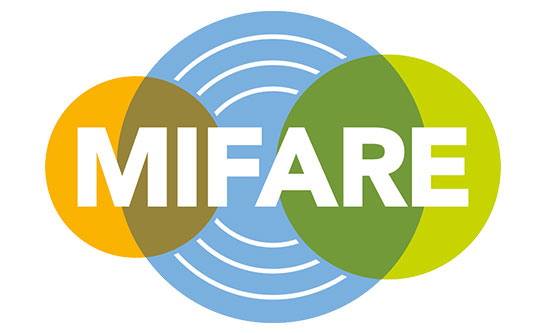



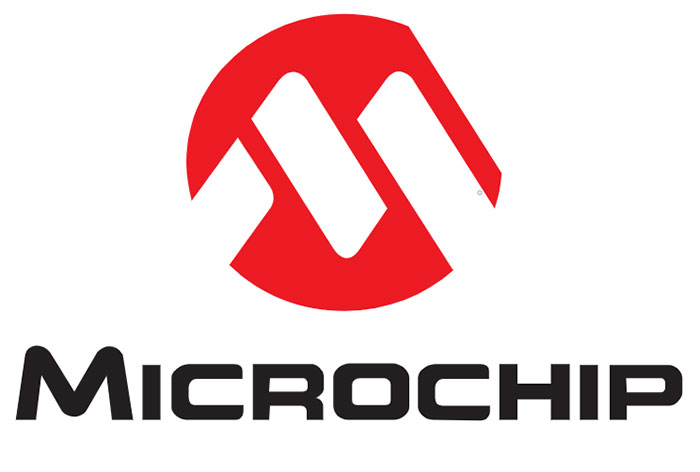




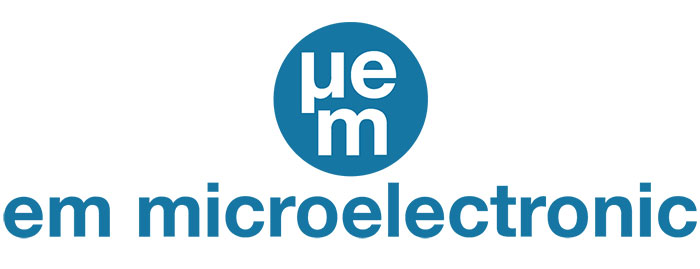
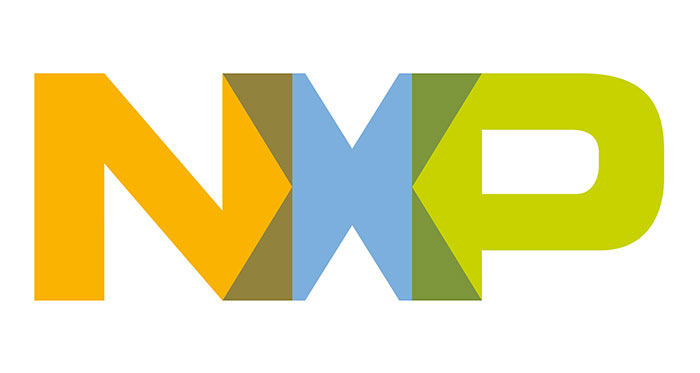

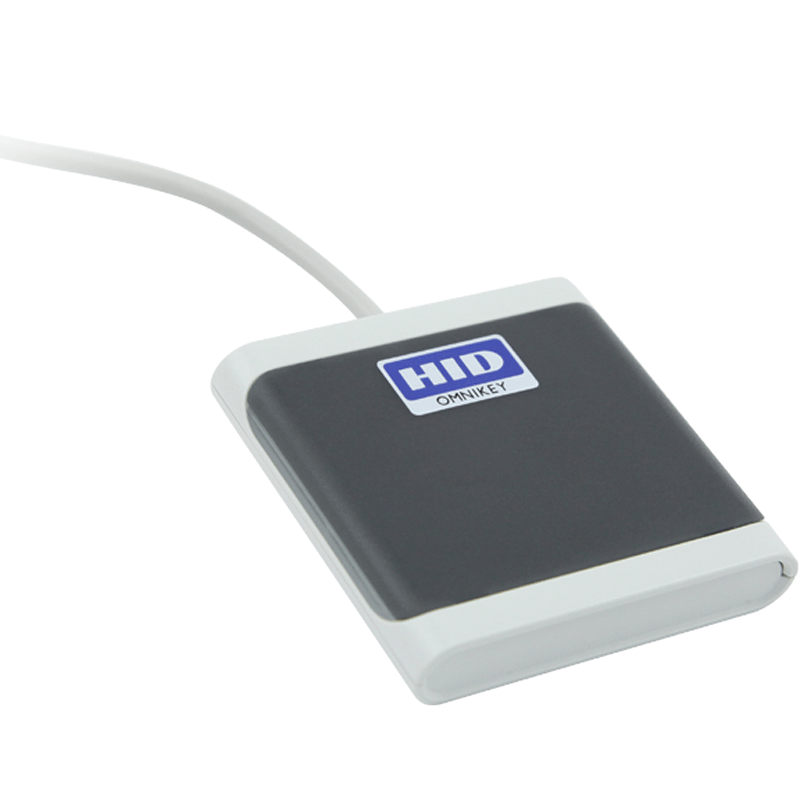
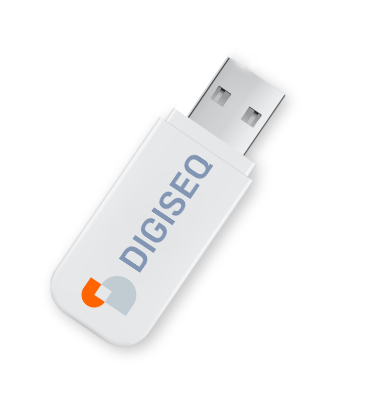
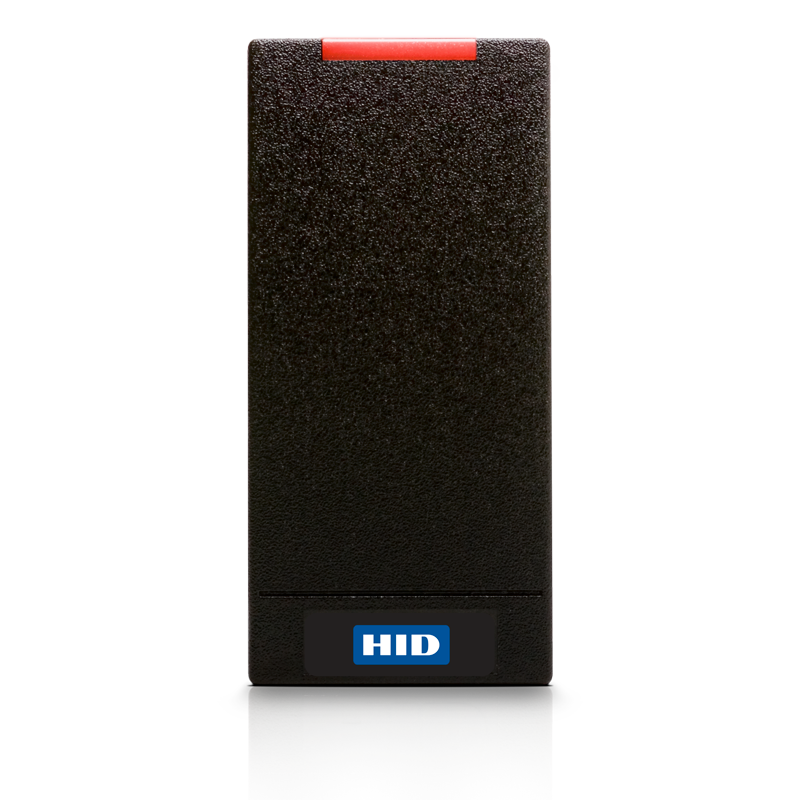
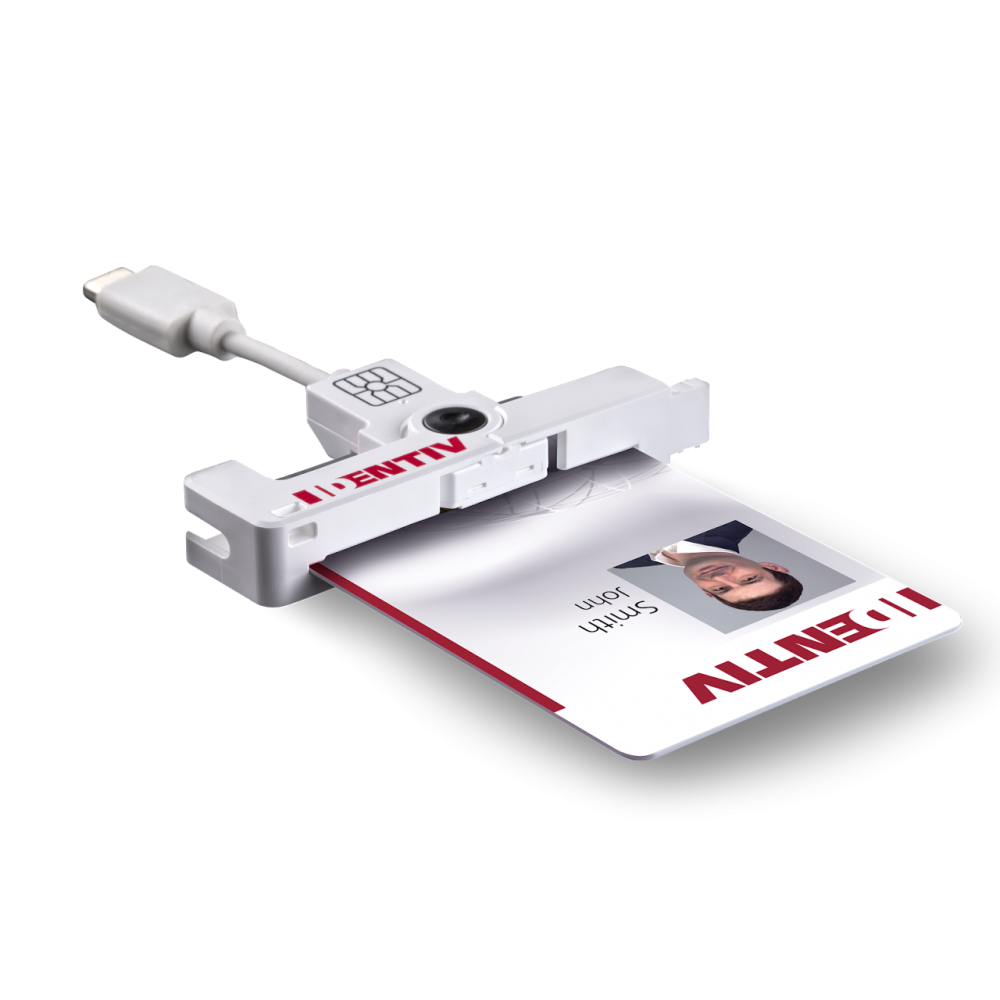
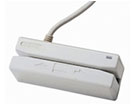
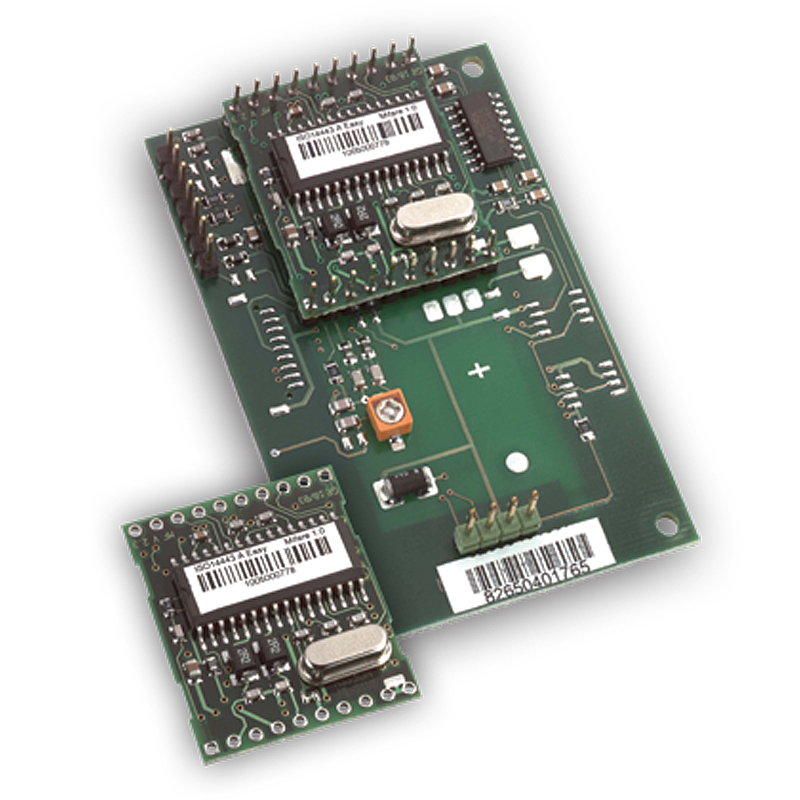
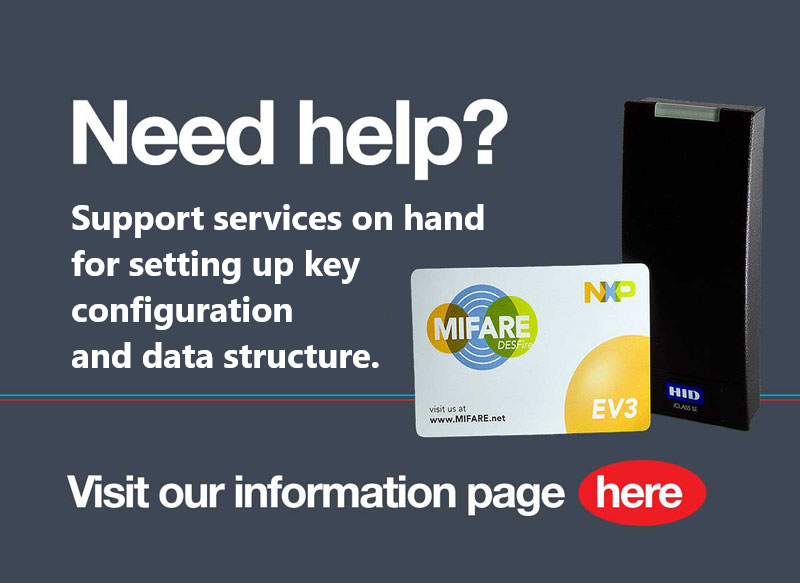





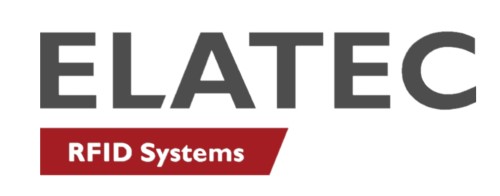
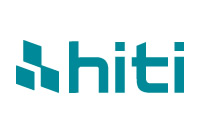
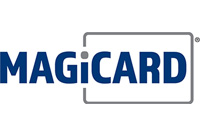


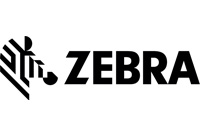
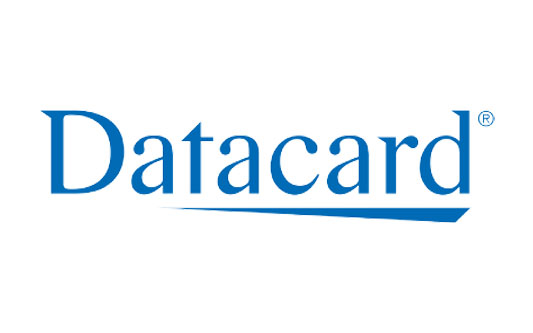
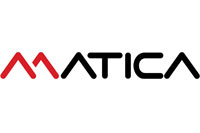


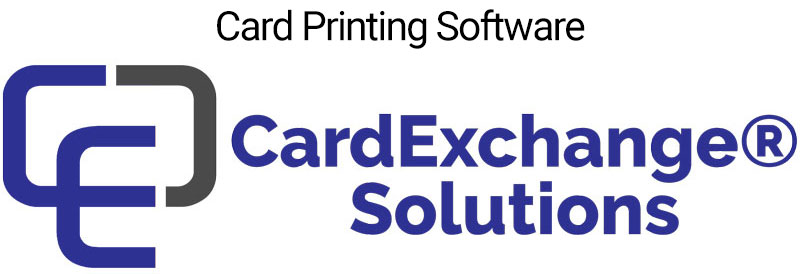



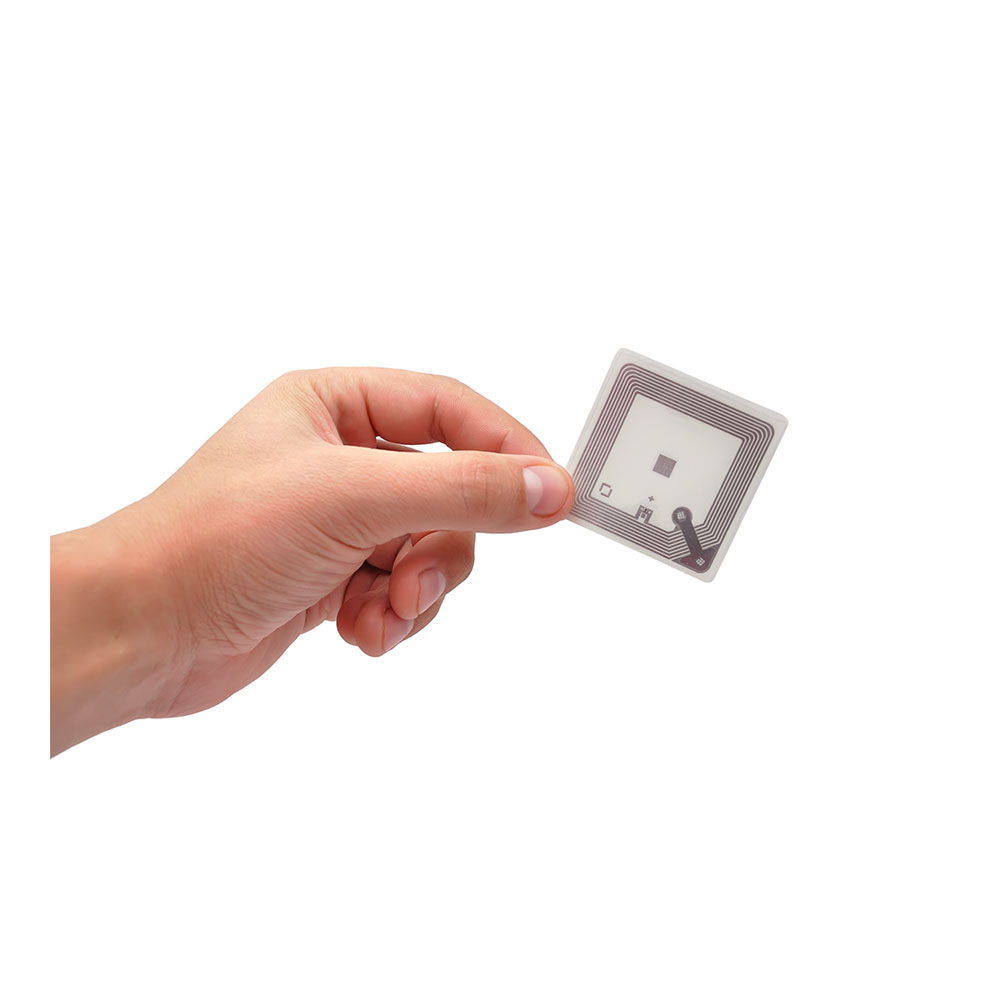



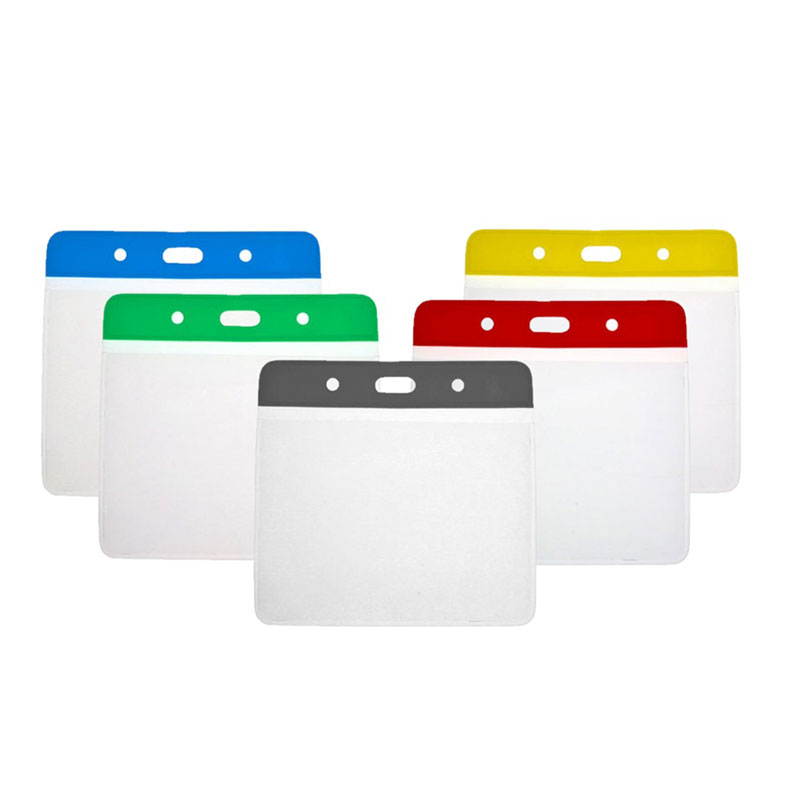

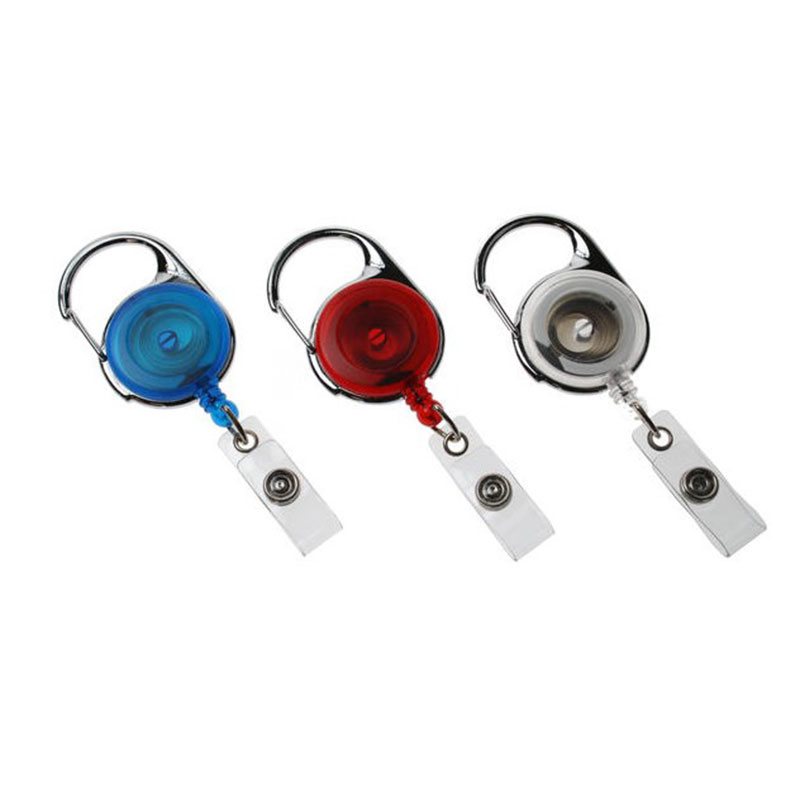

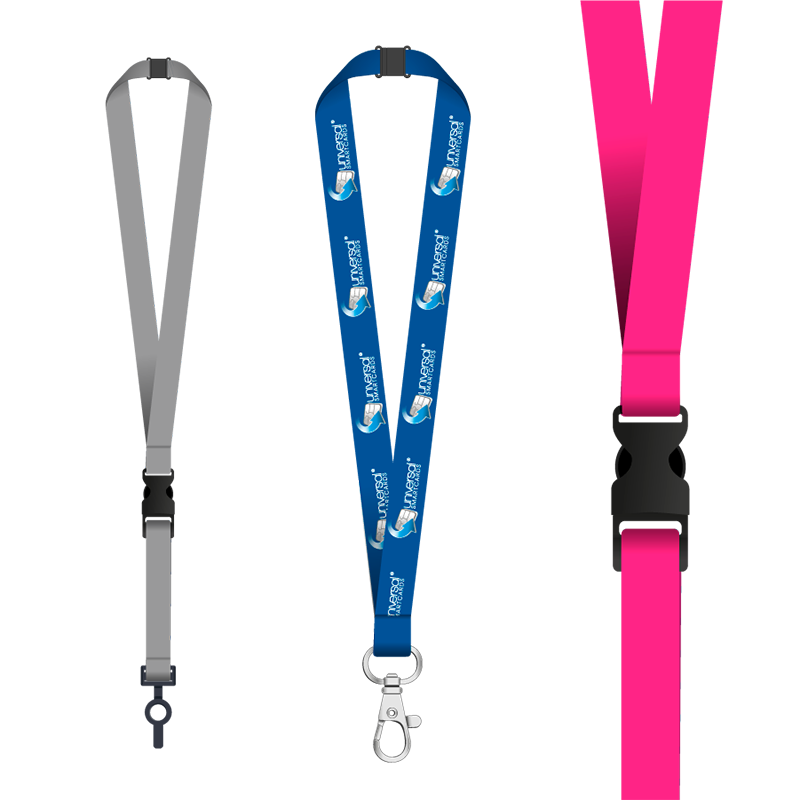
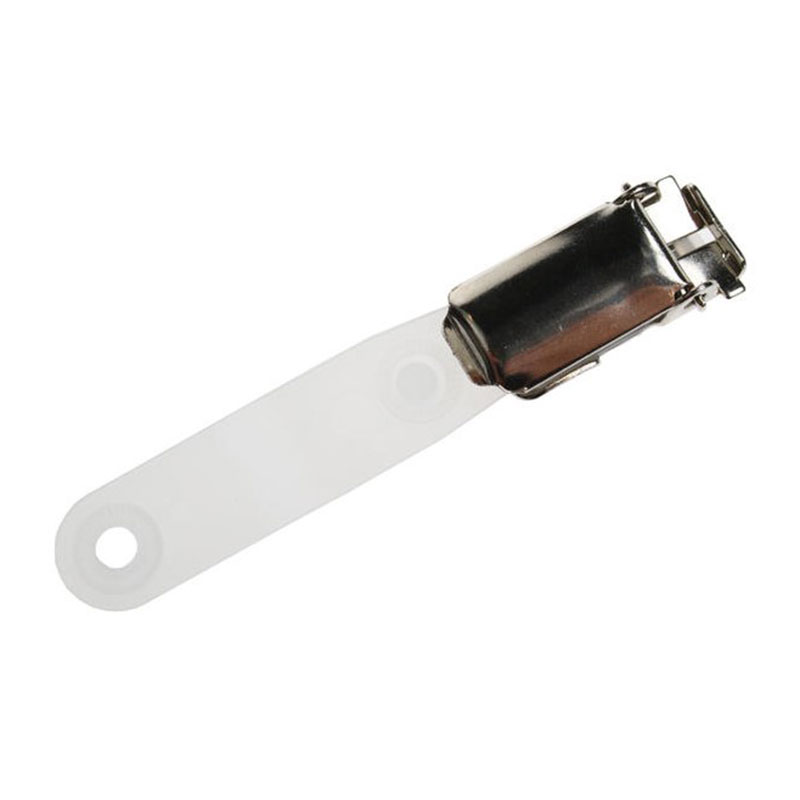

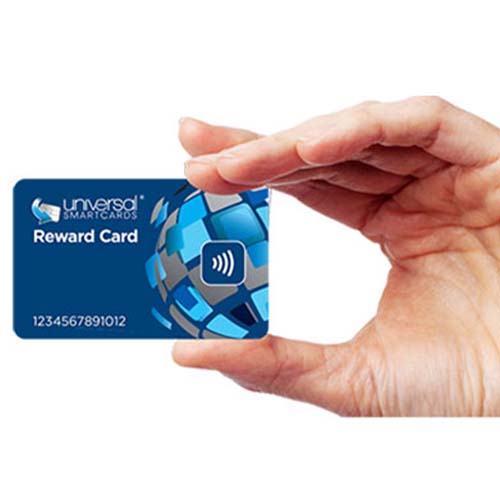
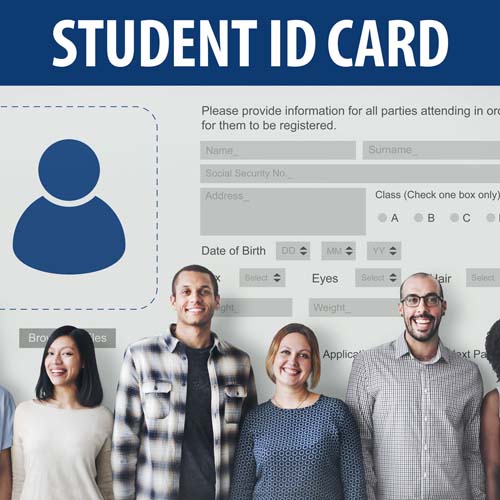

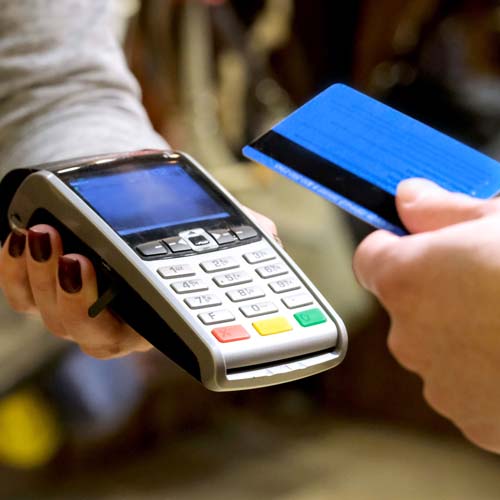
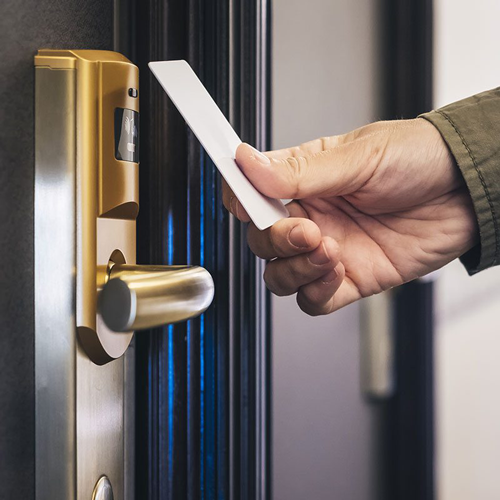



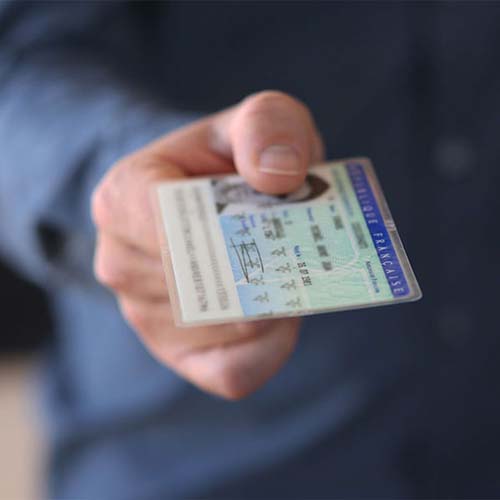
-500x500.jpg)




